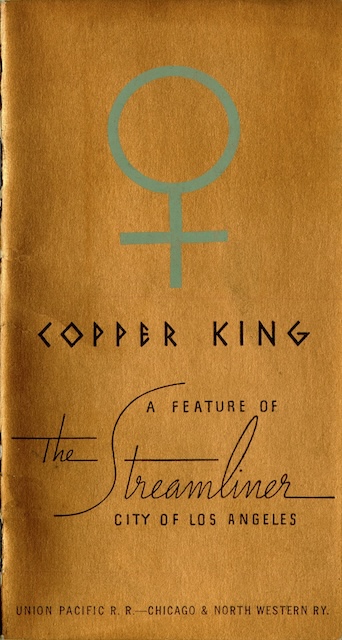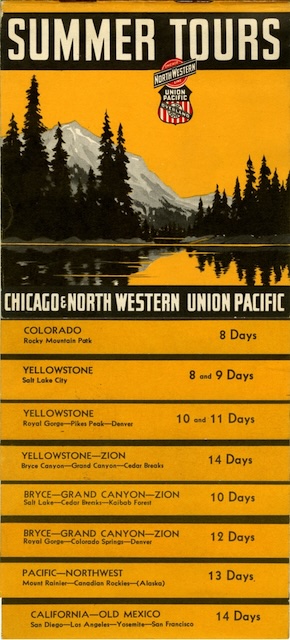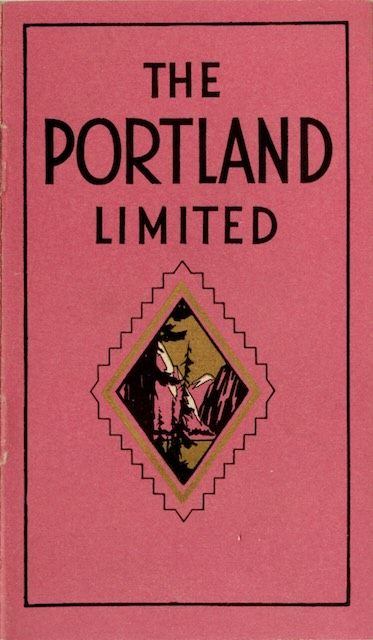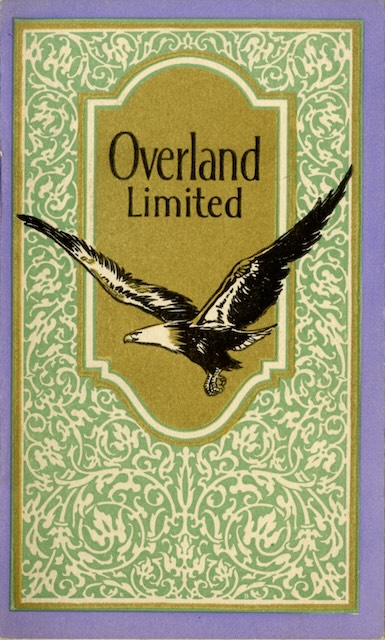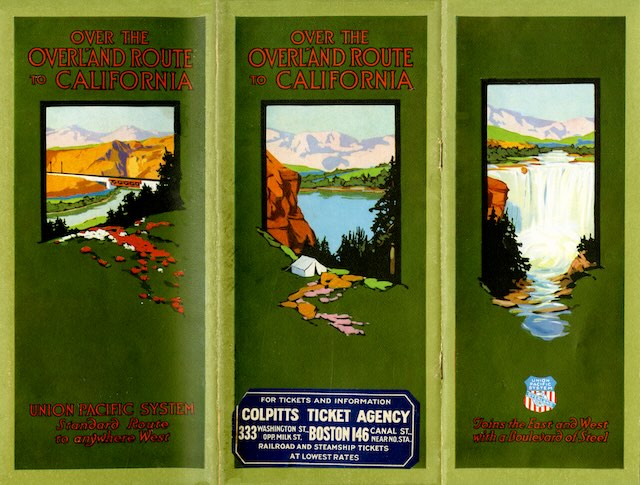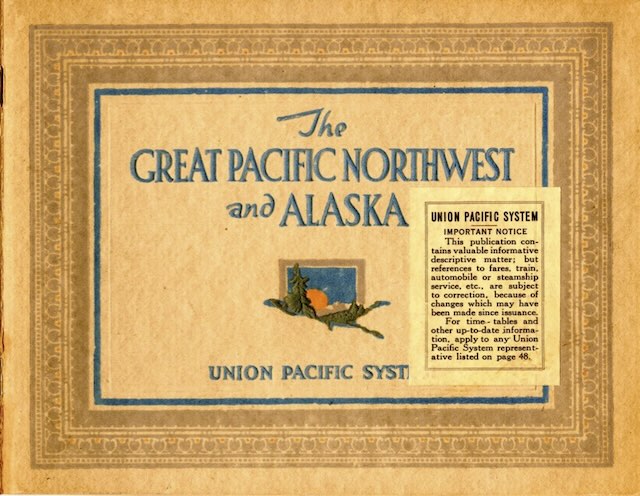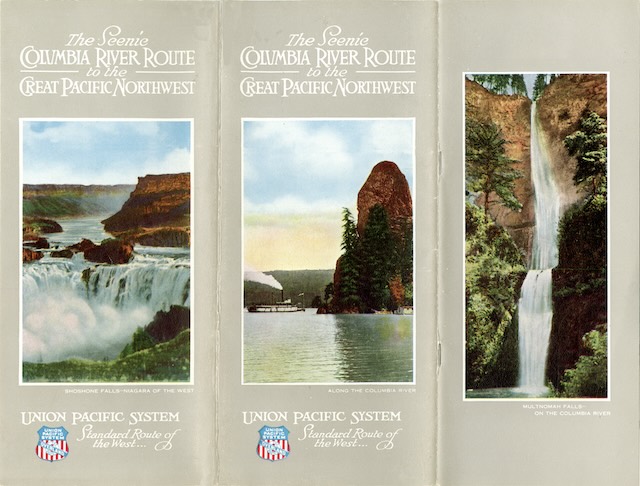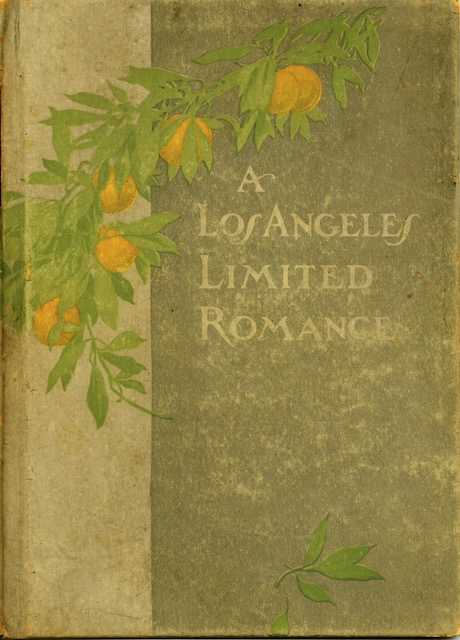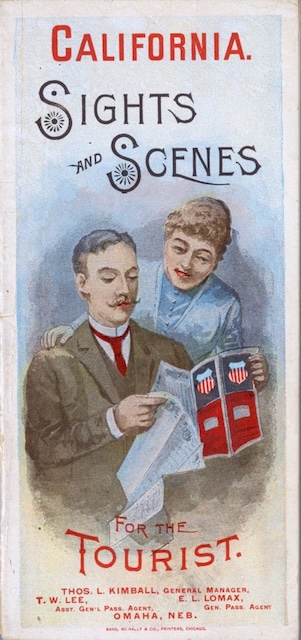We’ve previously seen a January 1950 timetable, so I wouldn’t expect too many changes in this one. There were some changes in times.
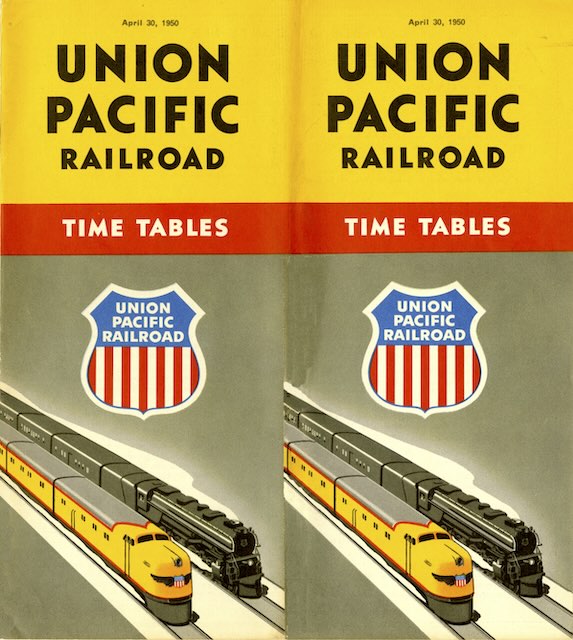 Click image to download a 29.1-MB PDF of this 44-page timetable.
Click image to download a 29.1-MB PDF of this 44-page timetable.
The City of San Francisco left Chicago 30 minutes earlier at 7:00 pm instead of 7:30. The City of Portland left Chicago at 6:15 pm instead of 6:30. The Gold Coast left Chicago at 10:00 pm instead of 8:10 pm. The City of Denver and City of Los Angeles times didn’t change nor did any of the eastbound trains change. There may have been some other minor changes but I didn’t find any.

